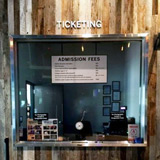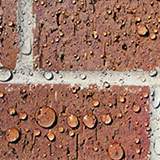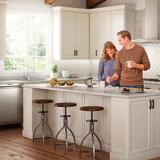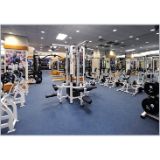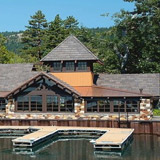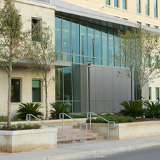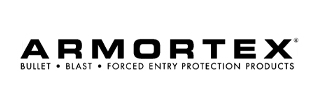JOIN US EACH AFTERNOON • FREE TO ATTEND!
Web-Series for Missouri & Kansas

Web-Series for Missouri & Kansas
Event Dates
Monday, September 28 | Tuesday, September 29 | Wednesday, September 30 | Thursday, October 1
Available Credits
8 AIA HSW/LU CE Hour(s)
2 GBCI General Hour
Event Agenda
Monday, September 28, 2020
Monday, September 28, 2020 | 11:00 am Central
|
Sponsored By Case Systems 1 AIA HSW/LU CE Hour(s) 1 GBCI General Hour Learning Objectives:
|
Monday, September 28, 2020 | 1:00 pm Central
|
Sponsored By Eagle Roofing 1 AIA HSW/LU CE Hour(s) 1 GBCI General Hour Learning Objectives:
|
Monday, September 28, 2020 | 2:00 pm Central
|
Sponsored By Ron Blank & Associates Inc. 1 AIA HSW/LU CE Hour(s) Learning Objectives:
|
Tuesday, September 29, 2020
Tuesday, September 29, 2020 | 1:00 pm Central
|
Sponsored By PROSOCO 1 AIA HSW/LU CE Hour(s) Learning Objectives:
|
Tuesday, September 29, 2020 | 2:00 pm Central
|
Sponsored By Regupol America LLC 1 AIA HSW/LU CE Hour(s) 1 GBCI General Hour Learning Objectives:
|
Wednesday, September 30, 2020
Wednesday, September 30, 2020 | 1:00 pm Central
|
Sponsored By Wolf Home Products 1 AIA HSW/LU CE Hour(s) Learning Objectives:
|
Wednesday, September 30, 2020 | 2:00 pm Central
|
Sponsored By Regupol America LLC 1 AIA HSW/LU CE Hour(s) Learning Objectives:
|
Thursday, October 1, 2020
Thursday, October 1, 2020 | 1:00 pm Central
|
Sponsored By DaVinci Roofscapes 1 AIA HSW/LU CE Hour(s) Learning Objectives:
|
Thursday, October 1, 2020 | 2:00 pm Central
|
Sponsored By Armortex 1 AIA HSW/LU CE Hour(s) Learning Objectives:
|

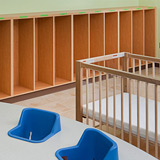

.jpg)

